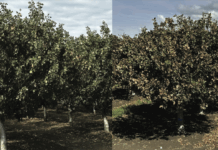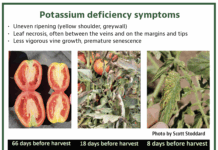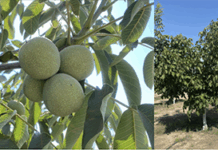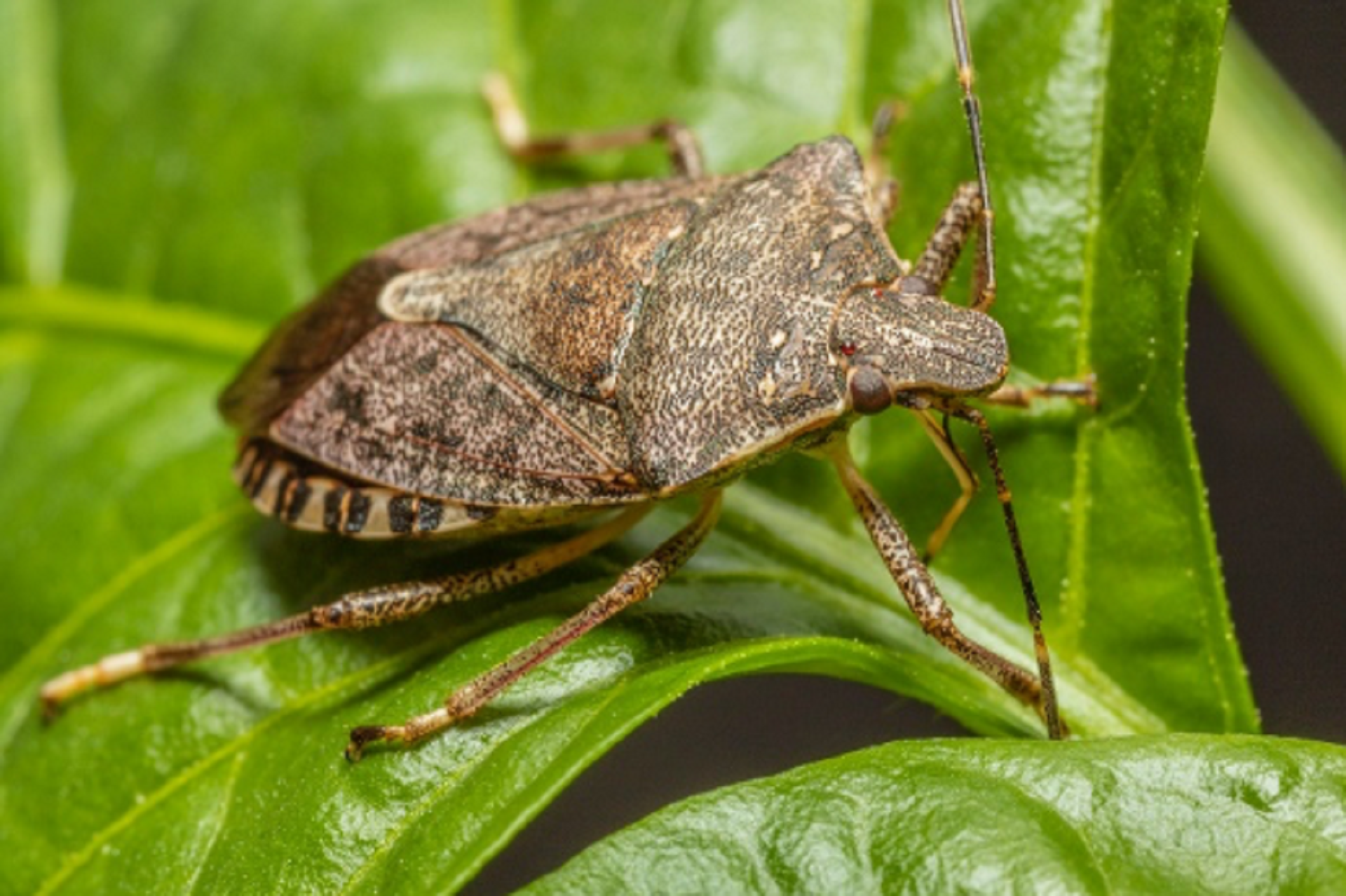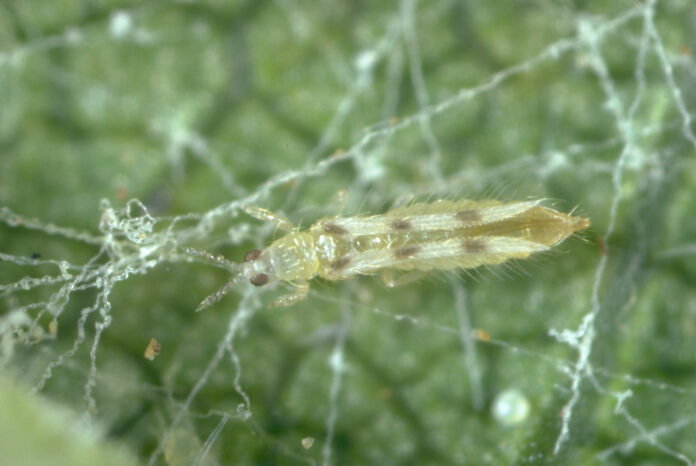
As summer temperatures soar into triple digits across California’s Central Valley, the annual battle against spider mites has intensified. Growers with a history of infestations face a high risk once again, prompting early action.
“There’s a 95% chance that orchards that had spider mites last year have them again this year,” said Todd Burkdoll, field market development specialist for Valent. “Scouting for overwintering females, if you find adults out there, they’re laying eggs, and those eggs will hatch, and then it goes from one to two to four exponentially really fast. Get on them early, get those females under control.”
Burkdoll recommends an integrated pest management (IPM) approach that combines vigilance, targeted materials and biological control.
He emphasizes early detection. “When in doubt, scout,” attributing that advice to the late John Palumbo.
For chemical control, Burkdoll favors an insect growth regulator (IGR). “I like to go with an IGR [like] Zeal. It’s very specific. It’s basically a mite growth regulator and sterilizes the females, so the eggs that she lays are sterile. The eggs that are already laid, they turn black and die, and the nymphs don’t go from one to the next. So it’s a pretty effective tool.”
Despite its efficacy, proper application is critical. “The only Achilles heel is you have to get good coverage. You can’t spray and pray, go across the field three, four miles an hour and expect it to work, because to the degree you get coverage is to the degree you will get killed, period.”
He quoted the late Madera County Farm Advisor George Levitt: “If you don’t get good coverage, you’re not going to get control. Speed does not kill. Slow down, do it right the first time and you won’t have to go back and try to play catch‑up later on.”
Burkdoll expects moderate to heavy mite pressure in tree fruit, almonds and vineyards in 2025 and stressed the value of biological controls in IPM. “An integrated approach to spider mites is always recommended, and involved in that approach will be the use of beneficial insects, particularly fostering six spotted thrips populations.”
He cautioned against overuse of broad-spectrum insecticides like pyrethroids and organophosphates, saying they harm both pests and beneficial species. “They kill most arthropods, spiders, predatory mites, six spotted thrips… If you can back off on those or wait till the last minute or use something else that isn’t as broad-spectrum or a more targeted approach, that’s always an advantage in the long term.”
For dormant-season mite management, Burkdoll noted selective use of pyrethroids, especially when mixing up chemistries, to avoid resistance. “Going out there broad-spectrum with pyrethroids early season is putting you on a treadmill for other pests. You’re going to have to spray again and again. So using IPM, mixing up chemistries, using different modes of action, and they have to work; you have to have something that works.”
He recommends following UC guidelines for mite management rooted in decades of research. “Older chemistries that have been around, they’ve been thoroughly tested, gives you a pretty good ballpark of what you can use. Just mix up the modes of action. Don’t use the same group number.”
Listen to the full conversation with Burkdoll on the MyAgLife Daily News Report.




